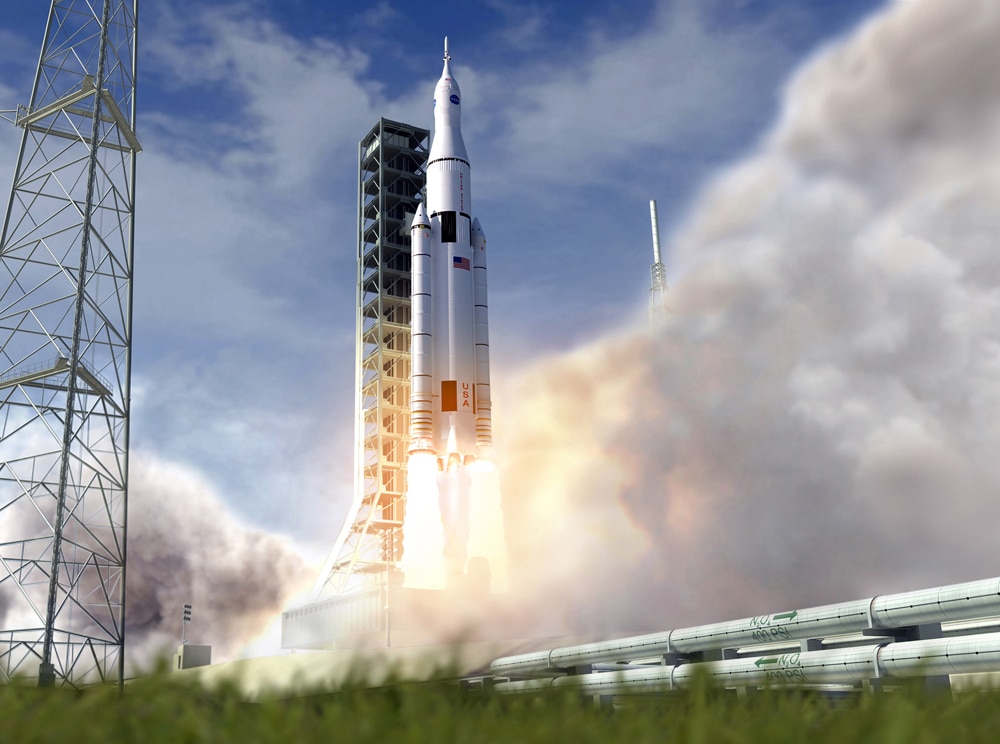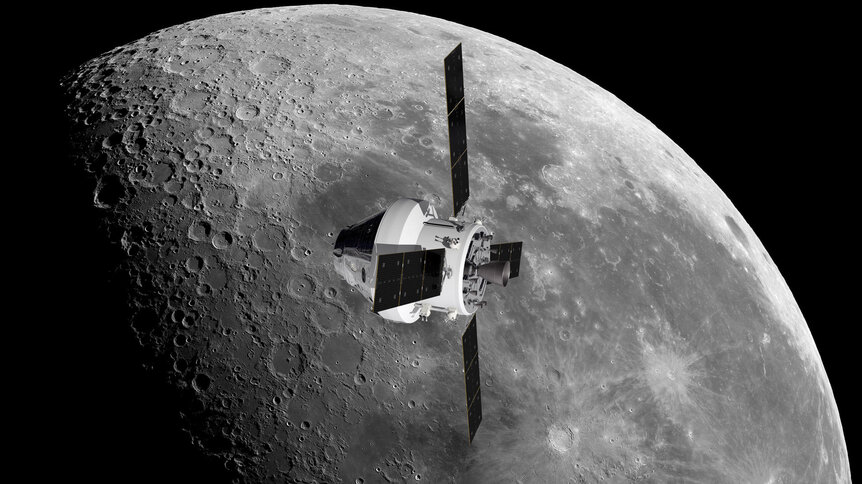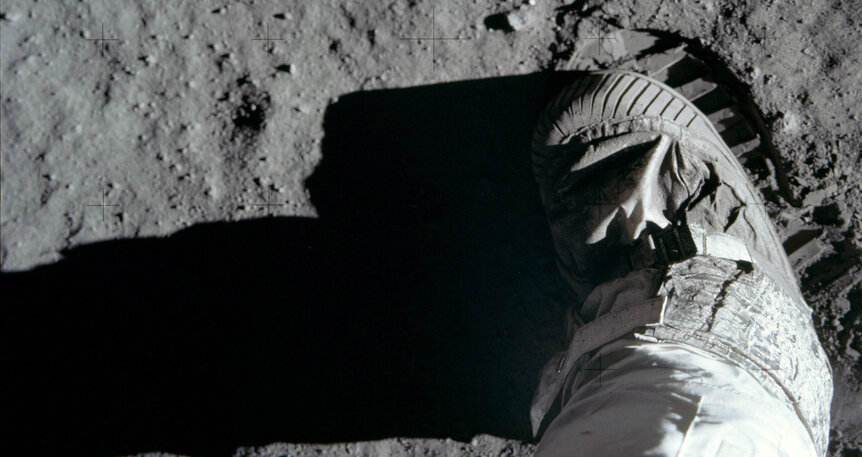Create a free profile to get unlimited access to exclusive videos, sweepstakes, and more!
NASA’s SLS rocket is now ready for its August 29 Moon launch
After many delays, the Artemis mission is finally good to go.

NASA is ready to return to the Moon.
After years of delays, cost overruns, technical problems, and political issues, the Artemis I mission to orbit the Moon has crossed its last t and dotted its last i. It could launch as soon as Aug. 29.
The mission will be launched on a Space Launch System rocket, a huge and powerful rocket that uses designs and tech legacies from Apollo and the Space Shuttle. Sitting on top is an Orion space capsule, again based loosely on Apollo designs — when something works that well, it’s not a bad idea to start with it — but upgraded with far more modern tech.
The Aug. 29 target date is the earliest it could go. Due to the motion of the Moon around the Earth there are two backup launch windows of Sept. 2 and 5.
The entire stack has been undergoing final testing in the immense Vehicle Assembly Building, or VAB, at Kennedy Space Center in Florida. The last thing on the checklist: Testing the Flight Termination System, or FTS, an abort system that will destroy the rocket if something goes very, very wrong during launch. NASA has stringent rules about such events, and the FTS has to be carefully tested to make sure it is up to spec.
It has its own power supply, which makes sense, and once activated there has to be a launch within three weeks or else the whole rocket has to be rolled back to the VAB to be retested. To be able to meet the September launch windows without having to do that, NASA received an extension of up to 25 days after today to launch. If Artemis doesn’t launch by the last window it will have to go back to the VAB either way.
With the FTS test completed, last night, August 16, NASA began rolling out the rocket to the launch pad, two days ahead of schedule.
The mission profile is to send the Orion capsule into orbit around the Moon, where it may remain for up to a month or so before returning to Earth. The capsule is uncrewed, but there is a host of secondary science payloads along for the ride. One is a pair of mannequins that will be used to test the radiation environment, necessary to understand what actual human astronauts will experience on their way to and from the Moon. There are several small orbiters that will be deployed that will look for water ice in lunar craters, and a Japanese lander to measure radiation on the lunar surface. Interestingly, another mission will be deployed to explore an as-yet undetermined near-Earth asteroid target. This mission, called NEA Scout, will use a solar sail that catches sunlight and uses the momentum kick to accelerate and catch up with an asteroid to study it up close.
There is an issue with these missions that are on batteries; there is some worry they may run out of power if Artemis is delayed any further. NASA’s plan, simply, is to launch as soon as possible to avoid that.
If Artemis I is successful, the next mission will carry four astronauts into lunar orbit. If that works as well, then the third mission will attempt a landing in 2025 using a SpaceX Starship Human Landing System.
Personal note: I have long been a critic of the SLS rocket, given its huge budget overruns and delays. I still am; it has cost at least $20 billion, will cost well over a billion per launch, cannot be reused, and at best will launch only once per year. I am not alone in this, of course; many, many experts have also been vocal about the program.
However, the political reality is that this is what has been forced on NASA by the U.S. Senate (SLS has been jokingly called the Senate Launch System). Over at The Planetary Society site, space policy advisor Casey Dreier talks about the history of the SLS and why it has been NASA’s focus for returning to the Moon, and while supportive overall still makes the argument, as I read it, that it’s a jobs program for a lot of people at NASA. It’s also so politically entrenched in every state that there has been no other path but SLS for years now. While that’s true, it doesn’t negate any of the issues I have with it.
I want to be clear and say I don’t blame NASA for any of this; I blame the Senate, specifically soon to be retiring Alabama Senator Richard Shelby, who over many years has used his power and seniority to aggressively push through SLS.
I want us to go back to the Moon; the science we can do there is fantastic and I support exploring the solar system; the first step must be a repeat of that One Small Step. I just wish there had been a different way than SLS. Note that by the time the SLS program really got started SpaceX was nowhere near ready to pitch any kind of Moon rocket; they hadn’t even reused their first Falcon 9 yet. It really was SLS or nothing.
So here we are. Again, to be clear, I’m excited about the launch and the missions, despite how we got here. I hope that in the coming years there will be more of a balance in lunar exploration between SLS and other vehicles, especially those upcoming from private industry. If we want to go to the Moon and stay there sustainably then we will need to eventually move away from SLS.
Until then, per aspera ad luna.




























